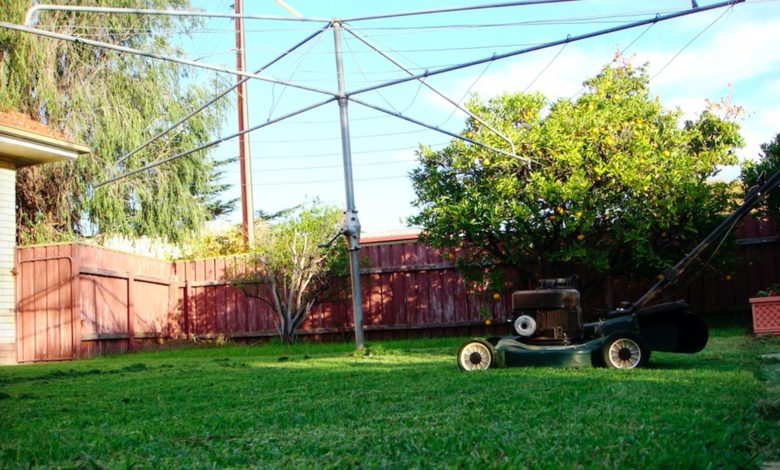How Organic Lawns Sequester Carbon

In the era of climate change, the lawn has become a difficult aspect of life for millions of people who want their homes to look good without having to resort to the use of chemicals or high water use. An organic lawn can have a positive effect on the carbon levels within a geographic region when the lawn begins to sequester carbon from the atmosphere. The action of sequestering carbon is different from removing carbon dioxide from the atmosphere because carbon-storing is done in liquid through human-made technology. Carbon sequestering is natural way of removing carbon dioxide from the environment that can be encouraged through the correct level of lawn maintenance.
What is Carbon Sequestering?
The problem of carbon being released into the atmosphere in the modern world is one that has been considered for many years since the damaging effects of fossil fuels were identified. Carbon released into the atmosphere over a prolonged period can lead to a change in the temperature of the world with most government agencies now looking to limit this rise to less than three degrees.
Carbon sequestering is a natural process that takes place almost immediately when lawn care allows for turfgrass to be grown in a natural, organic way. The process of carbon sequestering begins with the roots of grass taking hold in the soil and becoming effective in the removal of carbon dioxide from the atmosphere. Carbon dioxide is usually held within plants before being released back into the atmosphere when the plant dies. Grass completes the process in a different way by turning to biomass when the grass-root dies and the soil around it absorbs the released carbon.
How long can a Lawn Sequester Carbon?
This is one of the biggest unknowns in the scientific community with the ability of grass to sequester and hold carbon linked to the length of the roots each blade of grass has. An organic lawn that is grown without the high levels of water and chemicals involved in lawn maintenance is estimated to begin the process to sequester carbon from the atmosphere almost as soon as it grows. The ability to absorb and hold carbon is thought to be rated at around 25 to 30 years before the roots of turfgrass are filled and cannot be added to in terms of carbon dioxide.
Turfgrass with longer roots, such as that found on the Plains of the U.S. has the potential to sequester carbon for a longer period and hold it for estimated thousands of years. This turfgrass has not been affected by the involvement of humans, meaning it does not have the issues of chemicals or high water use loading up its carbon footprint.
How to Improve the Ability to Sequester Carbon
The ability to sequester carbon is innate in all forms of turfgrass that removes and holds carbon dioxide in its roots during its life. However, not caring for a lawn in the correct way is a good way of limiting the potential of your turfgrass to reach its potential to sequester carbon.
To make sure the carbon being sequestered by your turfgrass is helping to offset the byproducts of fossil fuels in the right way you should follow a few simple steps, including:
- Not using fertilizers and pesticides
- Using native grasses
- Limiting water use
If the grass used is native to your region or can grow without a large amount of human intervention you can sequester carbon at a high rate. Keeping grass length when cutting at or above 3.5-inches will provide more potential for longer root growth to add time to the sequestering process.

